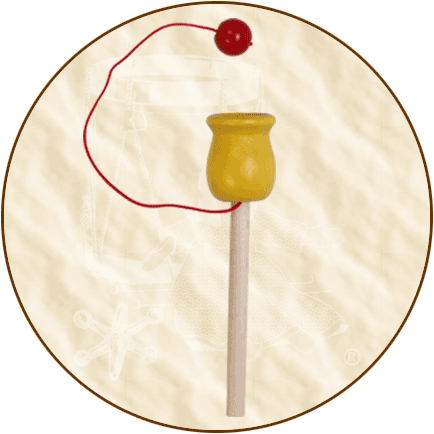The bench will be 60 inches long and 14 inches tall so it will be comfortable for nearly any person to sit on. The legs will be 18.5 inches wide and slanted inward to make sure the stability is "top notch". We will also be using hard wood for the legs instead of plywood because the plywood will not be strong enough to hold a person.

- http://www.manmadediy.com/users/chris/posts/1383-how-to-make-a-diy-george-nelson-inspired-outdoor-slat-bench
- http://www.smartfurniture.com/products/Herman-Miller-Nelson-Platform-Bench-60in--Wide.html?gclid=CKPZ5N6En74CFaMF7AodXQgAcg
- http://www.patiofurnituredefined.com/Nelson-Style-Hardwood-Bench-p/b-22-2.htm
Joints
We will be using bridle joints with metal fasteners to make sure the joint is strong enough to hold. A miter joint will not be strong enough to hold someone's bodyweight on the bench.
http://www.materialstechnologywood.com/practice-joints-bridle-joints.php
http://www.newwoodworker.com/basic/bridlejnt.html
Processes of Furniture Layout and Assembly Construction
When my group cuts out our slats for the bench we will be using a wood spacer to make sure the bench is precise and they are equally spaced and it is important that we are very precise with the leg angles and the spacing of the legs to make sure the bench is safe and stable which will probably be the toughest part of this project. I have done research on bridle joints to make sure they will be stable and hold a lot of weight without breaking.






